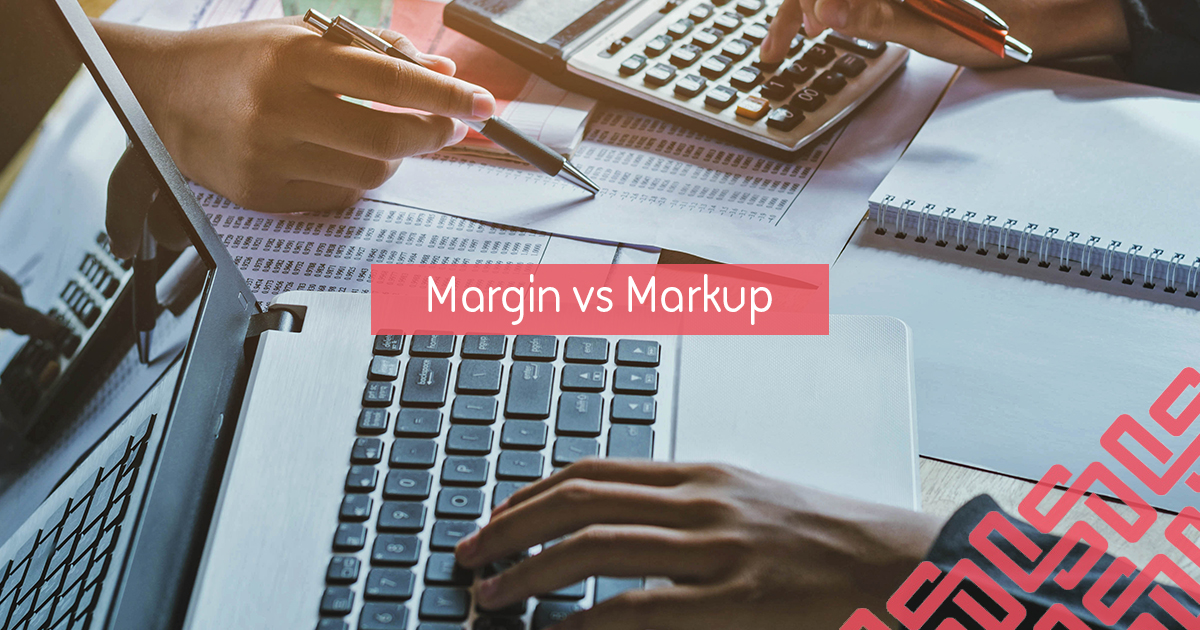Margin vs. Markup: The Difference is Profit
Setting the price for your goods and services can be tricky; you want to offer a price that is profitable, but still competitive. And the truth is, most small businesses don't have a single, set price for their product. The final price is negotiable, depending on what the customer is willing to pay and the business value of the sale.
When negotiating a price, or when a business grows enough to have salespeople who will negotiate on your behalf, the difference between a margin and a markup becomes critical. For small business owners without an accounting background, these terms can seem interchangeable, but they aren't. Incorrectly calculating the markup can cost your business profit percentage on every single sale, and it's important to know the difference.
- Put simply, the margin is the amount of profit on every sale: it is the difference between the final sale price and the cost of the goods sold. For example, if a product cost you AED 70 and you sell it for AED 100, the margin is AED 30 or 30%.
- The markup is the percentage added to the purchase price to arrive at the sale price, and this is where the difference becomes important. If you buy a product for AED 70, as in the above example, and want a 30% margin, you cannot simply add 30% to the purchase price. Adding 30% would give you a sale price of AED 91, not AED 100. In order to arrive at a 30% margin, you would need a markup of 42%
When negotiating a price, both figures are important. You want to be sure that you are selling products at a healthy profit, and keeping track of your margin allows you to know how much profit you make on every sale. However, keeping track of your markup and calculating it correctly allows you and your sales team to protect your margin on every transaction. Not knowing the difference may cost you percentage points on every transaction, and hurt your bottom line with every sale.
Contact us to find out more about how business owners guard their profits.

